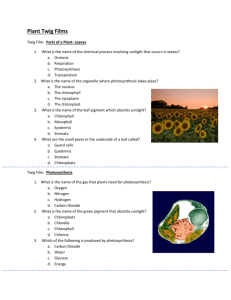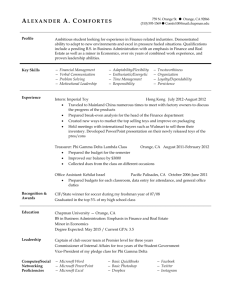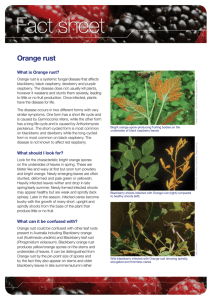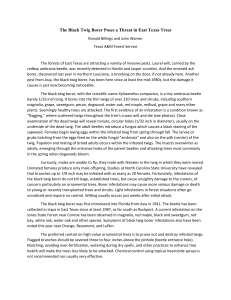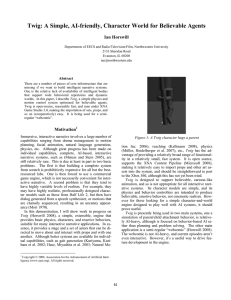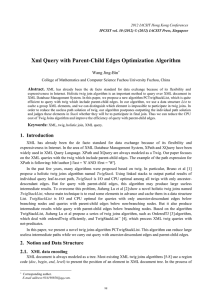Cedar-Rust-Comparison - Illinois Arborist Association
advertisement
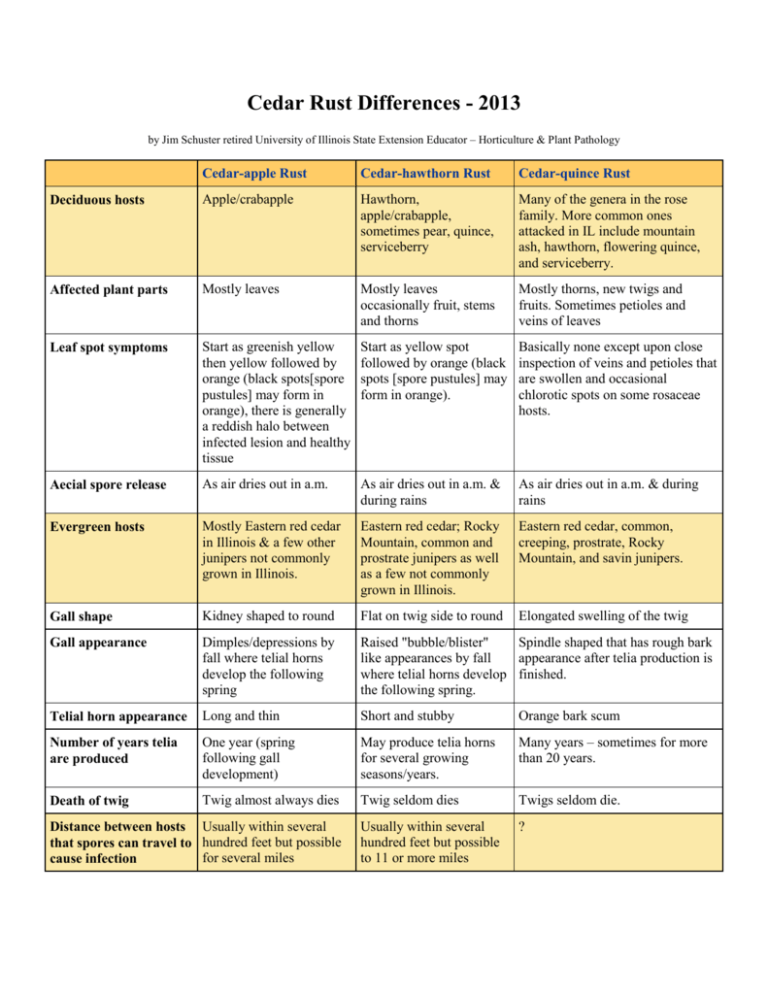
Cedar Rust Differences - 2013 by Jim Schuster retired University of Illinois State Extension Educator – Horticulture & Plant Pathology Cedar-apple Rust Cedar-hawthorn Rust Cedar-quince Rust Deciduous hosts Apple/crabapple Hawthorn, apple/crabapple, sometimes pear, quince, serviceberry Many of the genera in the rose family. More common ones attacked in IL include mountain ash, hawthorn, flowering quince, and serviceberry. Affected plant parts Mostly leaves Mostly leaves occasionally fruit, stems and thorns Mostly thorns, new twigs and fruits. Sometimes petioles and veins of leaves Leaf spot symptoms Start as greenish yellow then yellow followed by orange (black spots[spore pustules] may form in orange), there is generally a reddish halo between infected lesion and healthy tissue Start as yellow spot followed by orange (black spots [spore pustules] may form in orange). Basically none except upon close inspection of veins and petioles that are swollen and occasional chlorotic spots on some rosaceae hosts. Aecial spore release As air dries out in a.m. As air dries out in a.m. & during rains As air dries out in a.m. & during rains Evergreen hosts Mostly Eastern red cedar in Illinois & a few other junipers not commonly grown in Illinois. Eastern red cedar; Rocky Mountain, common and prostrate junipers as well as a few not commonly grown in Illinois. Eastern red cedar, common, creeping, prostrate, Rocky Mountain, and savin junipers. Gall shape Kidney shaped to round Flat on twig side to round Elongated swelling of the twig Gall appearance Dimples/depressions by fall where telial horns develop the following spring Raised "bubble/blister" Spindle shaped that has rough bark like appearances by fall appearance after telia production is where telial horns develop finished. the following spring. Telial horn appearance Long and thin Short and stubby Orange bark scum Number of years telia are produced One year (spring following gall development) May produce telia horns for several growing seasons/years. Many years – sometimes for more than 20 years. Death of twig Twig almost always dies Twig seldom dies Twigs seldom die. Usually within several hundred feet but possible to 11 or more miles ? Distance between hosts Usually within several that spores can travel to hundred feet but possible for several miles cause infection
